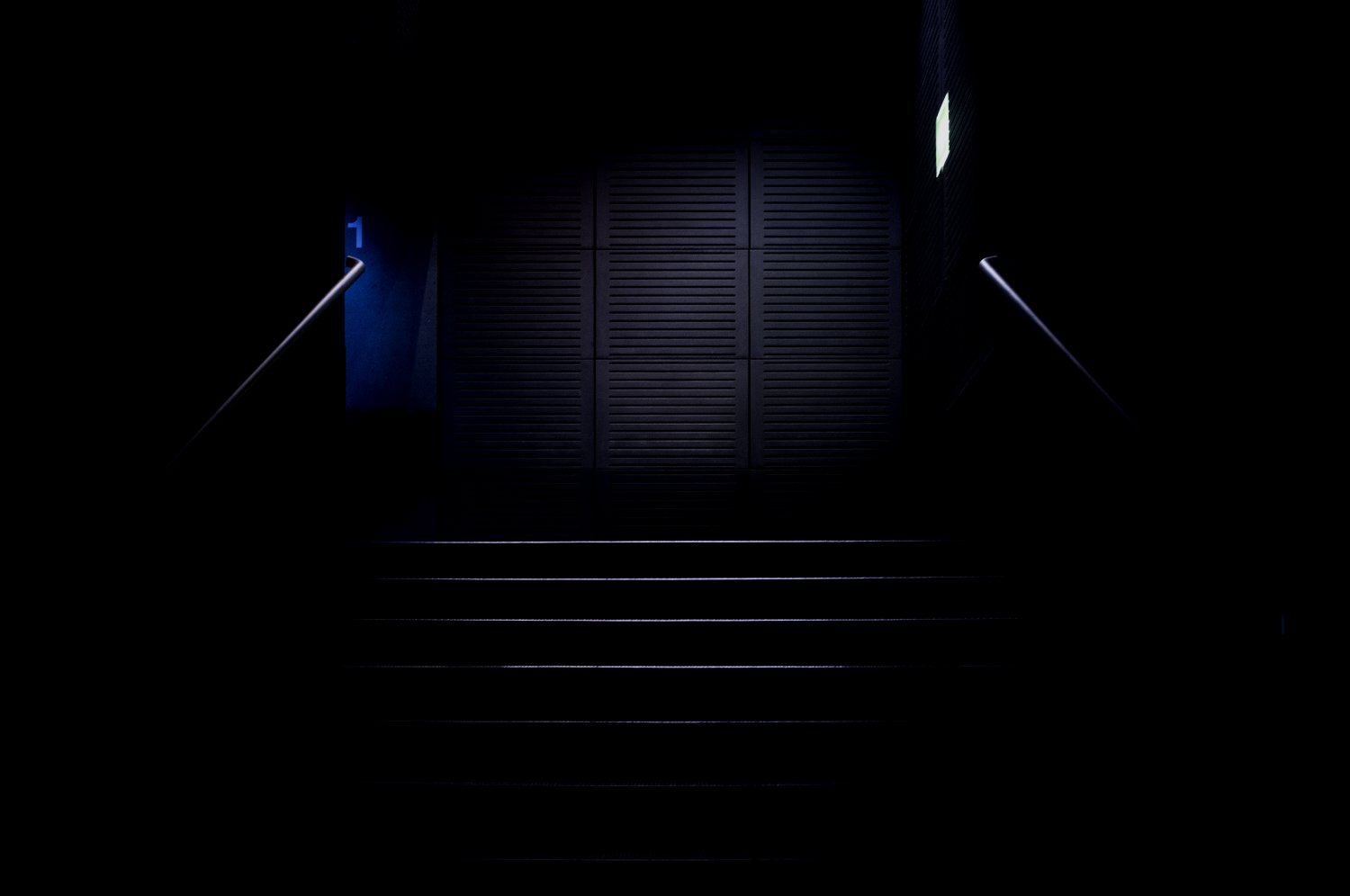

CSS DARK MODE SWITCH CODE
Now, copy the code below and paste it into your stylesheet. Corporis ducimus ipsam, qui et eveniet nisi excepturi sint dolore, labore velit repellat quia quasi! Repellendus quo magni voluptatem aut odit, totam sequi autem, doloremque minima tenetur placeat debitis reiciendis repudiandae dolore tempore adipisci blanditiis reprehenderit doloribus recusandae esse commodi harum ratione quisquam?Ĭreate a stylesheet and name it – ‘style.css’. Nostrum corporis molestiae corrupti magni. Facilis, ab sequi! Ipsum, reprehenderit! Dolor vero sunt corporis ea natus, nulla cum assumenda. Lorem ipsum dolor sit amet consectetur adipisicing elit. I am adding some ‘lorem ipsum’ text for this purpose. Next, we need to add some demo text to the HTML. The reason for using the checkbox here is to style it and use it as the toggle switch. We assign an id with the name ‘toggle’ to this checkbox. Let us create a ‘div’ element with the class name ‘container’. Do copy the code I have provided below and paste it into your HTML file. You can check out that video here below.Ĭreate an HTML file and save it by the name – “index.html”. I have a video tutorial on this topic on my youtube channel.

The javascript code we use is not too complicated so, you don’t have to worry about it. For this tutorial, we need HTML, CSS & Vanilla Javascript. We will cover them shortly in this tutorial. There are some do’s and don’ts when it comes to the dark theme in UI design. With this tutorial, you will get a basic idea of how you can add a dark theme option to your website without changing much code or without adding excessive CSS. When the user clicks on this switch, the theme of the webpage/website toggles between dark and light mode.
CSS DARK MODE SWITCH HOW TO
In today’s tutorial, we will learn how to create a dark mode switch.

One of the major reasons for this is to avoid strain on the eyes due to high brightness and provide them safety, especially in not so illuminated spaces. It has been a trending feature for the past few years.

Dark theme is one of the most important aspects of website design. If your webpage has an accent color that you know will be used in primary buttons, links, and borders of images, then instead of doing this. Just like you create variables in any other programming language, like JavaScript, so that we can use variable’s value throughout the program, in styling with CSS with large websites, we get large amounts of repeated values which we can condense into a specific set of CSS variables to inject them on the properties throughout the styling of the app wherever needed. What are CSS variables?ĬSS custom properties, or commonly known as CSS variables, are some rulesets that contain specific values to be reused throughout a document. A short intro to CSS variablesīefore we start with the dark theme implementation, we need to dive into the world of CSS variables and advanced selectors. In this CSS-only dark mode tutorial, you will get a short introduction to variables in CSS and then you will create a super simple yet CSS-only dark theme implementation of a website section. Nowadays, every other website needs a dark theme, and while there are tonnes of methods to implement a new theme, one of the most interesting and less time-consuming ways for developers is to just use the power of CSS to deliver a website with dark theme support. How to Make Dark Mode for Websites Using Only CSSĮver since it became trendy, the demand for websites, web apps, desktop software, and tools to have dark theme support is ever increasing.


 0 kommentar(er)
0 kommentar(er)
